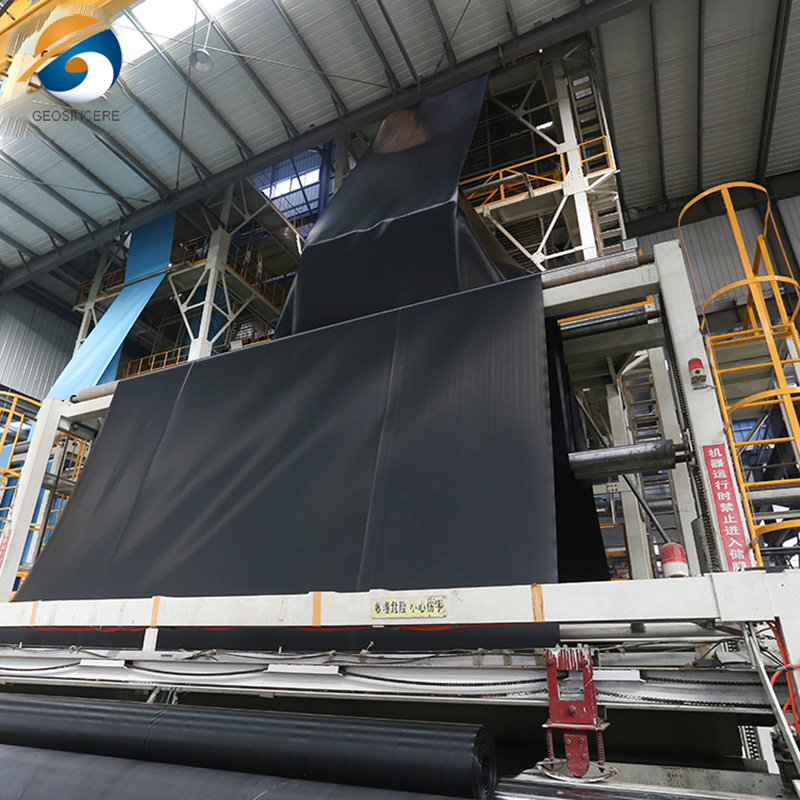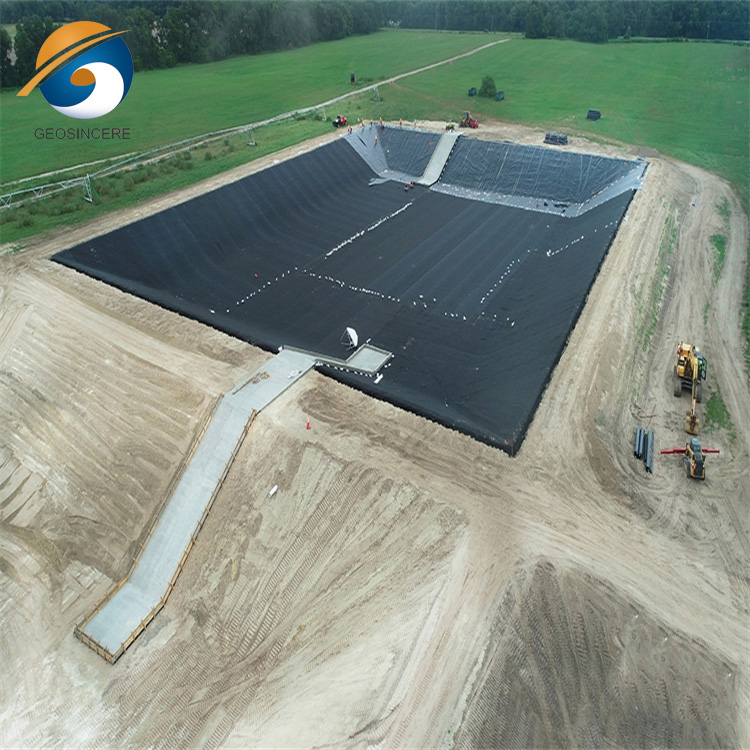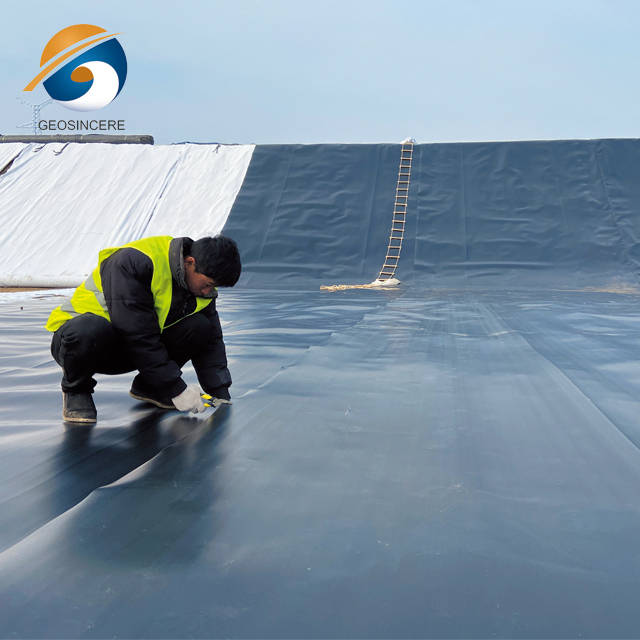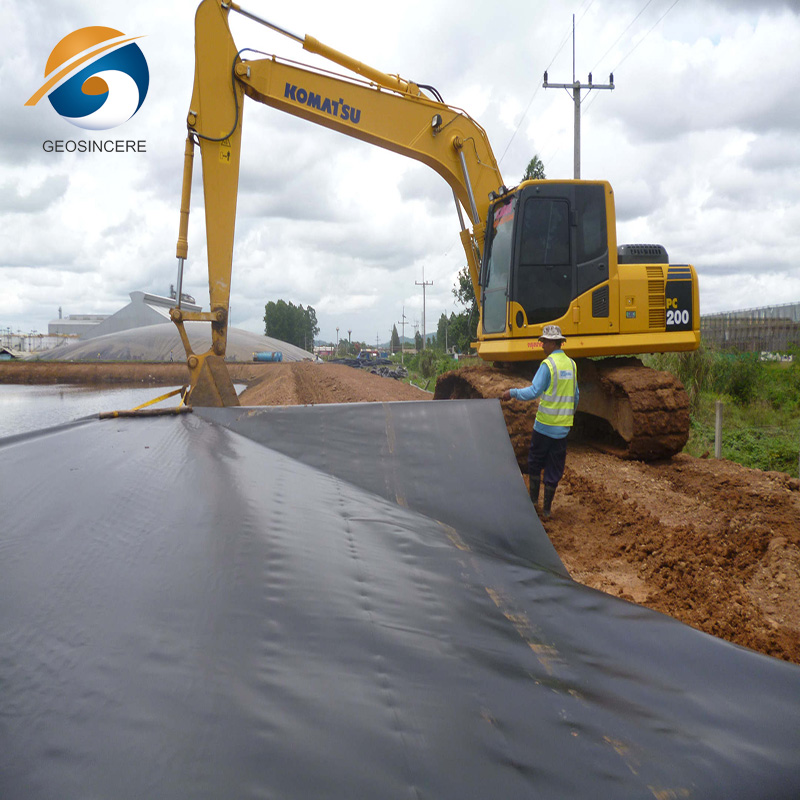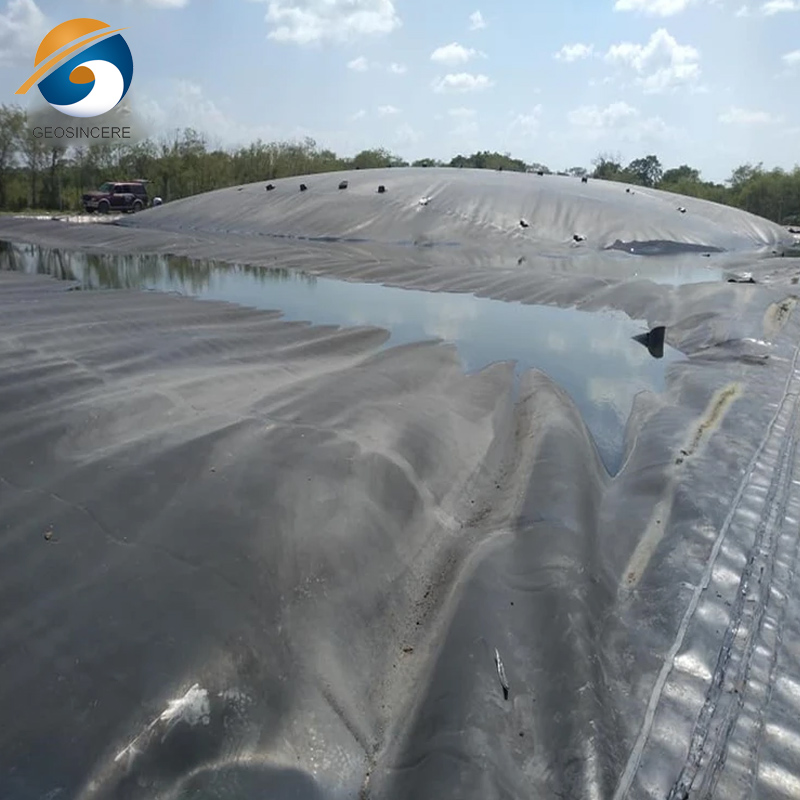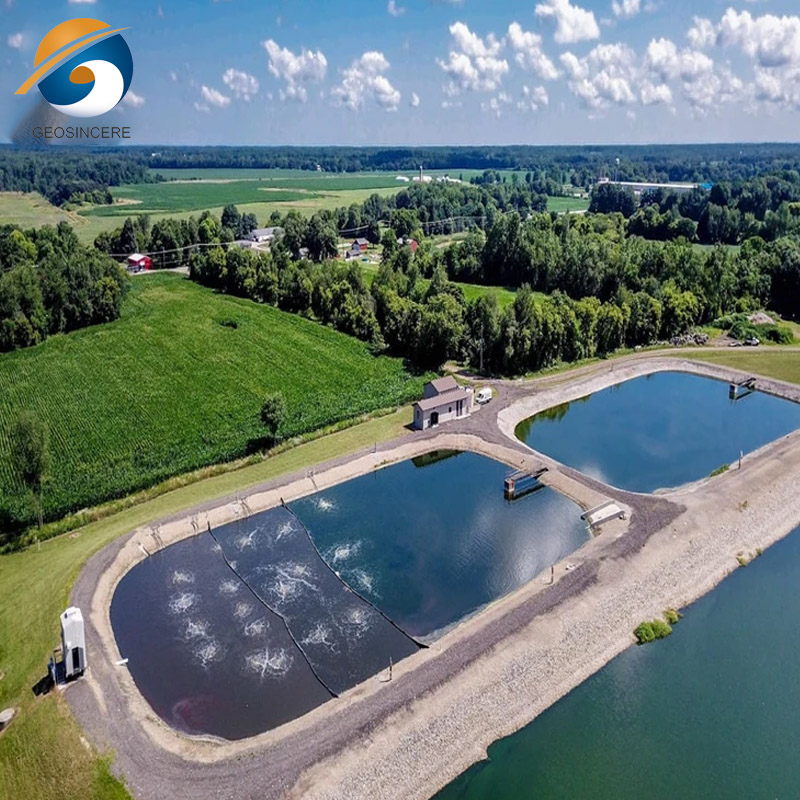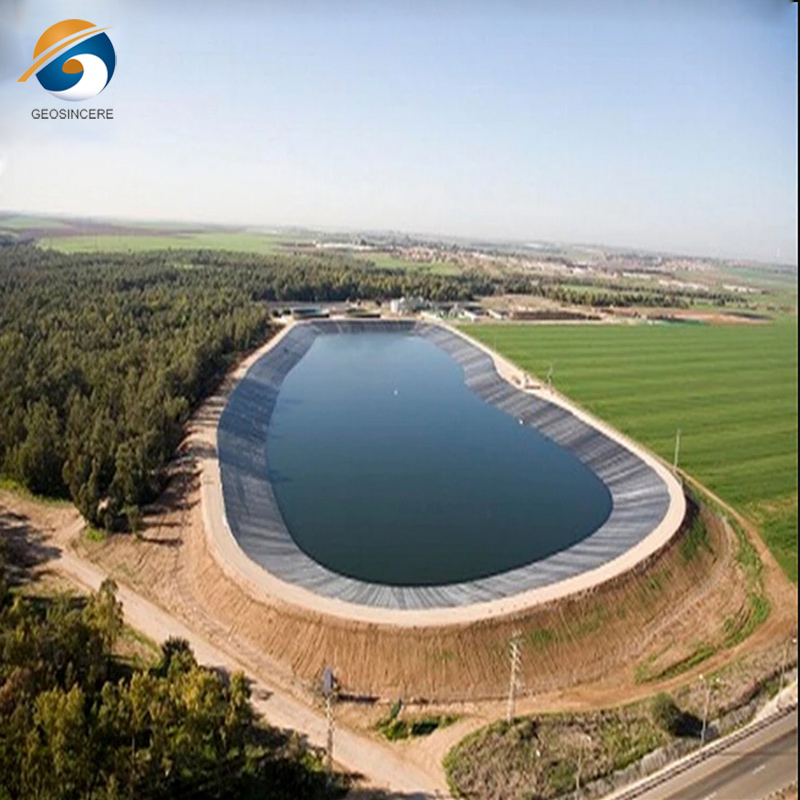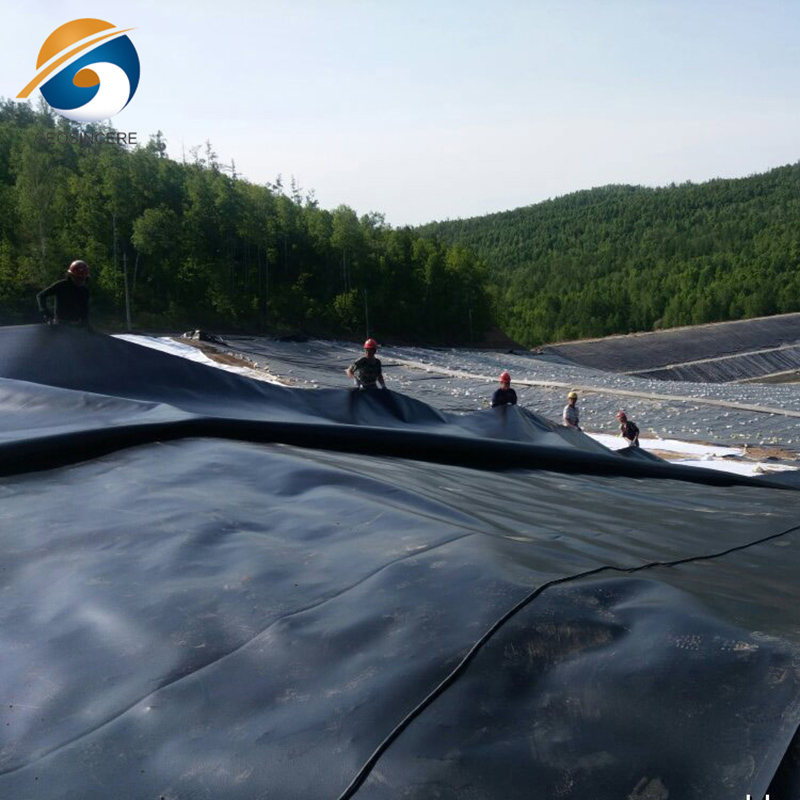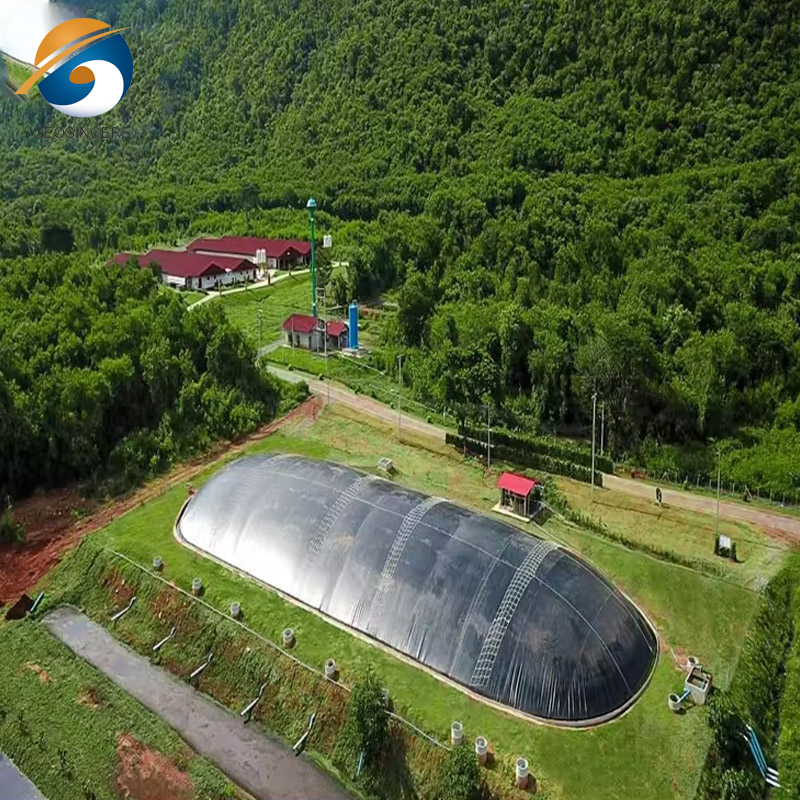How Can Geomembrane Solutions Contribute to Sustainable Infrastructure Development?
In an era marked by the urgent need for sustainable development, the role of innovative solutions in shaping infrastructure projects has become paramount. Geomembranes, synthetic materials with excellent barrier properties, offer a range of applications that positively impact infrastructure development in terms of environmental protection, resource conservation, and long-term sustainability. These engineered materials are revolutionizing the construction and maintenance of critical infrastructure, addressing environmental concerns, and promoting long-term viability.This article explores how geomembrane solutions effectively address environmental concerns and promote the long-term viability of infrastructure projects.
1. What are The Advantages of GEOSINCERE Geomembranes?
Geomembranes are impermeable liners made from materials like high-density polyethylene (HDPE). They are designed to create a protective barrier against the migration of contaminants, ensuring the preservation of soil quality and the integrity of water resources. With their ability to prevent pollution caused by industrial activities, landfills, mining operations, and hazardous waste storage, geomembrane solutions play a crucial role in safeguarding the environment.With a lifespan spanning several decades, these materials offer long-term performance and reduced maintenance requirements.
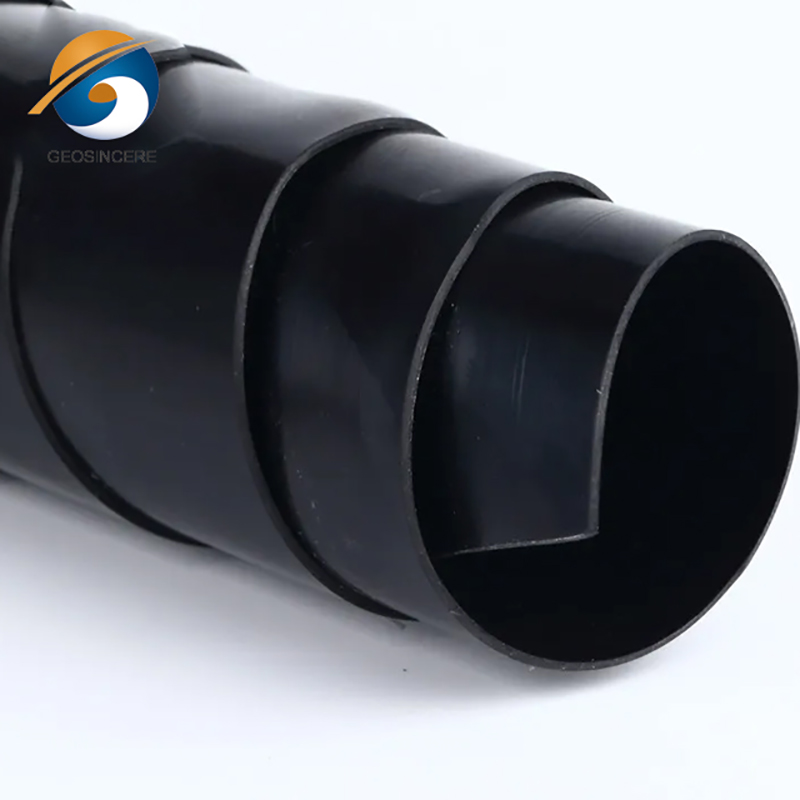
1.1 Impermeability: Geomembranes have excellent barrier properties, making them highly impermeable to liquids, gases, and contaminants. Protecting soil and groundwater from contamination.
1.2 Environmental Compatibility: Geomembranes are manufactured using environmentally friendly materials and production processes. They are chemically inert and do not release harmful substances into the environment.
1.3 Flexibility and adaptability: Geomembranes are flexible materials that can adapt to irregular surfaces and can be easily installed in various shapes and sizes, providing customized solutions for different applications.
1.4 Durability: Geomembranes are designed to withstand harsh environmental conditions, including UV radiation, temperature variations, and chemical exposure. They have excellent resistance to weathering, punctures, and abrasion, ensuring long-term performance and reducing maintenance requirements.
1.5 Cost-Effectiveness: Geomembranes offer cost advantages in terms of installation, operation, and maintenance. They are lightweight, which facilitates easy transportation and installation. Their durability and resistance to degradation result in longer service life, reducing the need for frequent repairs or replacements.
1.6 Versatility: Geomembranes can be used in a wide range of applications, Their versatility makes them suitable for various infrastructure projects, providing effective solutions across different industries.
1.7 Sustainability: The use of geomembranes contributes to sustainable development by protecting the environment, conserving resources, and reducing the carbon footprint.
2. Environmental Protection
Geomembranes play a crucial role in environmental protection by providing a reliable barrier system for various applications. These synthetic materials, typically made from high-density polyethylene (HDPE), are designed to contain and control the movement of fluids, gases, and contaminants in order to prevent their migration into the surrounding environment.
They are extensively used in waste management systems, including landfills, hazardous waste containment, and wastewater treatment facilities. By effectively containing pollutants and preventing their dispersion, geomembranes mitigate the risk of soil and water contamination, safeguarding ecosystems and public health. This environmental protection aspect ensures the long-term sustainability of infrastructure projects.
3. Waste Management
Geomembranes play a vital role in waste management systems by providing effective containment and protection against the release of harmful substances. Particularly in landfill construction and remediation. They are employed as liners and caps, preventing the leaching of harmful substances from landfills into the surrounding environment. Additionally, geomembranes offer effective containment solutions for waste storage ponds and tanks, reducing the risk of contamination and enabling proper waste treatment processes.
4. Water Resource Management
Water scarcity is a pressing global concern, Efficient water management is crucial for sustainable infrastructure. Geomembranes contribute to water conservation and management by facilitating the construction of water storage reservoirs, canals, and irrigation systems. They prevent seepage and leakage, ensuring water availability for agriculture, drinking purposes, and industrial use.Moreover, geomembranes are utilized in wastewater treatment facilities, enabling the safe storage and containment of treated effluents.
5. Energy Efficiency
Sustainable infrastructure is closely intertwined with energy efficiency. The growing focus on renewable energy sources necessitates sustainable infrastructure solutions. Geomembranes are used to construct reservoirs, ponds, and containment systems, enabling efficient energy generation while minimizing environmental impacts.They are vital components in projects such as hydropower plants, solar farms, and biogas digesters. which enhance the energy efficiency of landfill operations by minimizing methane gas emissions. By improving thermal insulation and reducing greenhouse gas emissions, geomembranes help create energy-efficient infrastructure systems.
6. Longevity and Durability
Sustainable infrastructure emphasizes longevity and durability to minimize the need for frequent repairs and replacements. Geomembranes possess excellent mechanical and chemical resistance properties, ensuring their longevity in various applications. They are resistant to ultraviolet radiation, corrosion, and biological degradation. Geomembranes used in infrastructure projects such as tunnels, dams, and reservoirs provide long-term performance, reducing maintenance costs and minimizing the environmental impact associated with frequent reconstruction.
7. Conclusion
As sustainable development continues to gain traction worldwide, the importance of geomembrane solutions in shaping a greener future cannot be overstated. By addressing environmental concerns, improving waste management, facilitating efficient water management, supporting renewable energy projects, and offering long-lasting performance, geomembranes are driving sustainable infrastructure development. The integration of these innovative solutions not only benefits the environment but also ensures the resilience and longevity of critical infrastructure projects.

